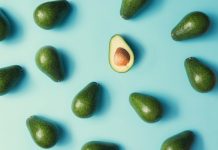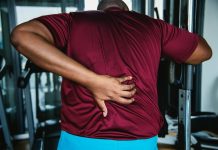
A migraine is a headache that can cause severe throbbing pain or a pulsing sensation, usually on one side of the head.
It’s often accompanied by nausea, vomiting, and extreme sensitivity to light and sound.
Migraine headaches are sometimes preceded by warning symptoms. Triggers include hormonal changes, certain food and drink, stress and exercise.
Migraine headaches can cause throbbing in one particular area that can vary in intensity. Nausea and sensitivity to light and sound are also common symptoms.
In a study from The First Affiliated Hospital at Jinan University, scientists found that increased dietary fiber intake is linked to a decreased incidence of migraine headaches.
The team examined the association between dietary fiber intake and the prevalence of severe headaches or migraine.
They used data from the National Health and Nutrition Examination Survey (1999 to 2004).
The researchers found that after adjusting for covariates, there was a strong inverse association seen between dietary fiber intake and severe headaches or migraine.
For every 10-g/day increase in dietary fiber intake, the prevalence of severe headaches or migraine decreased by 11%.
However, among Mexican Americans, other races, or those with a body mass index of 25 to 30 kg/m², no such inverse association was found.
The team says no previous study has examined the relationship between dietary fiber and severe headaches or migraine.
Increasing the intake of fiber-rich foods might protect from severe headaches or migraine. However, more prospective studies should be conducted to confirm their association.
If you care about pain, please read studies about pain reliever that may increase your risk of hip fracture, and these vitamins could help reduce bone fracture risk.
For more information about wellness, please see recent studies that Krill oil could improve muscle health in older people, and Vitamin D cannot reduce statin-associated muscle pain.
The study was conducted by Hao Huang et al and published in Frontiers in Nutrition.
Copyright © 2023 Knowridge Science Report. All rights reserved.



